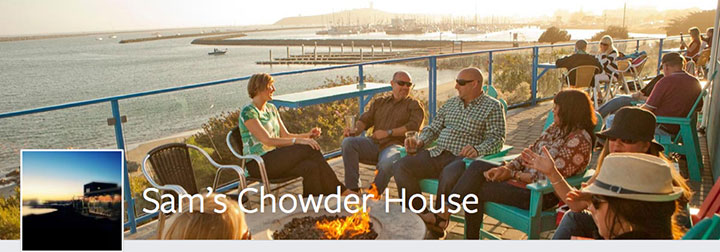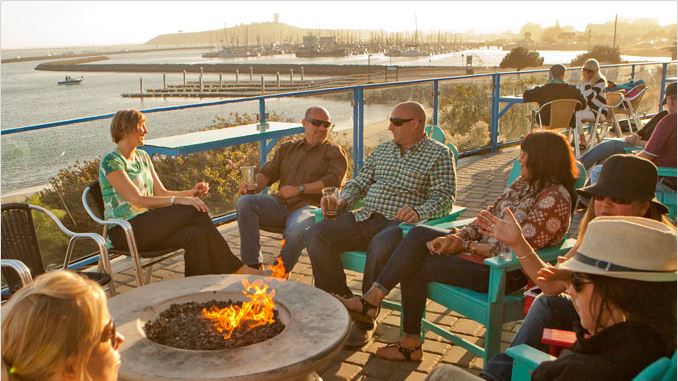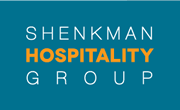
Success Story
Once upon a time, in Half Moon Bay ...
Sam's Chowder House uses Facebook to expand the ranks of "those in the know" about its impeccably fresh seafood and oceanfront location.
increase in monthly guest count and gross revenues
increase in fans
increase in weekly reach
Their Story
Putting success on the menu
Since 2006, Sam's Chowder House has been serving eco-friendly, authentic New England-style seafood items from a cliff top overlooking the Pacific Ocean.
Their Goal
Casting a wide net
The owners wanted to spread the word about Sam’s Chowder House among potential customers, hoping to become a destination for people living in nearby Silicon Valley and the greater San Francisco Bay Area.
Their Solution
New recipes for growth
The restaurant promoted posts several times a week featuring photos of its most popular dishes, including the lobster clambake with corn, clams and mussels.
Page Publishing
Promoted Posts
Build Awareness
Drive In-store Sales
Their Success
 A record catch
A record catch
-
19% increase in monthly guest count and gross revenues
-
25% increase in fans after just two-and-a-half months
-
160% increase in weekly reach after just two months
-
22% increase in guest count the day after the most successful post was promoted
-
58% increase in sales the day after the most successful post was promoted
How Sam's Chowder House Stirs Facebook Into Its Marketing Soup
David Cohen on August 31, 2013 9:32 AM
 One of the biggest challenges mentioned by small business owners when it comes to marketing on Facebook is devoting the necessary time. Julie Shenkman, owner of Sam's Chowder House in Half Moon Bay, Calif., spoke with Facebook about how the social network became one of the necessary ingredients in her marketing recipe.
One of the biggest challenges mentioned by small business owners when it comes to marketing on Facebook is devoting the necessary time. Julie Shenkman, owner of Sam's Chowder House in Half Moon Bay, Calif., spoke with Facebook about how the social network became one of the necessary ingredients in her marketing recipe.
Shenkman had a background in marketing before opening the seafood restaurant with her husband, Paul, and she explained how she combined her expertise with the social network's offerings:
We started building our Facebook audience by targeting the local community. Our goal was to reach the local folks first, and then expand throughout the San Francisco Bay area and beyond, to grow our audience.
With each post, we share inspiring photos of our latest menu items and our seaside location. Through Facebook insights, we can test and measure exactly how the post is performing and get immediate guest feedback. Based on that initial response, we can boost the exposure further through targeted advertising. This allows us to spend our advertising budget on the highest-performing posts, and reach the right people. For example, in addition to targeting seafood lovers, we also target people looking for a great overall experience — people who love good food, good wine, and a beautiful setting.
Every person who comes into the restaurant is a guest in our house and our kitchen. We want to know what they thought, what they liked and didn't like. Facebook's a great tool to build customer relationships and establish a feedback channel. It keeps the conversation going.
Back in 2008, we were getting a lot of feedback from our less local customers that people wanted a Sam's near them. That led us to launch our mobile food-truck business, which has been a great way for us to bring Sam's to more people. We have thousands of fans on the Sam's ChowderMobile page alone. On any given, day we can reach hundreds of thousands of people through Facebook ads. It's amazing for a small business to have that kind of immediate reach.
We can measure our sales at Sam's by the dish, by the hour, or by the day. Because we have these data about which items are selling, it's possible for us to do comparisons and know how an ad on Facebook helped move sales. For instance, if we post about our most famous dish — Sam's Lobster Roll — we can compare those numbers to the number of lobster rolls sold during a normal week.
Posts with a strong call to action help us measure success even more. If we advertise something very specific — like Ladies Night, or the arrival of fresh local crab, or happy hour — then we can run a comparison of the numbers and determine roughly how many people came in because of our Facebook promotion.
When we do a return-on-investment analysis, it's to make sure Facebook's delivering for us. We want to know how it's impacting our business. While those numbers are important to us, the feedback we get from our customers through Facebook is important, as well. We see Facebook as a loyalty tool — a customer-relationship tool — not just a way to boost revenue. For us, it offers a great mix of quantitative and qualitative data in ways we'd never see from a print ad or even a TV spot.
Small business owners: Have you shared any of the same experiences as Shenkman when marketing via Facebook?

